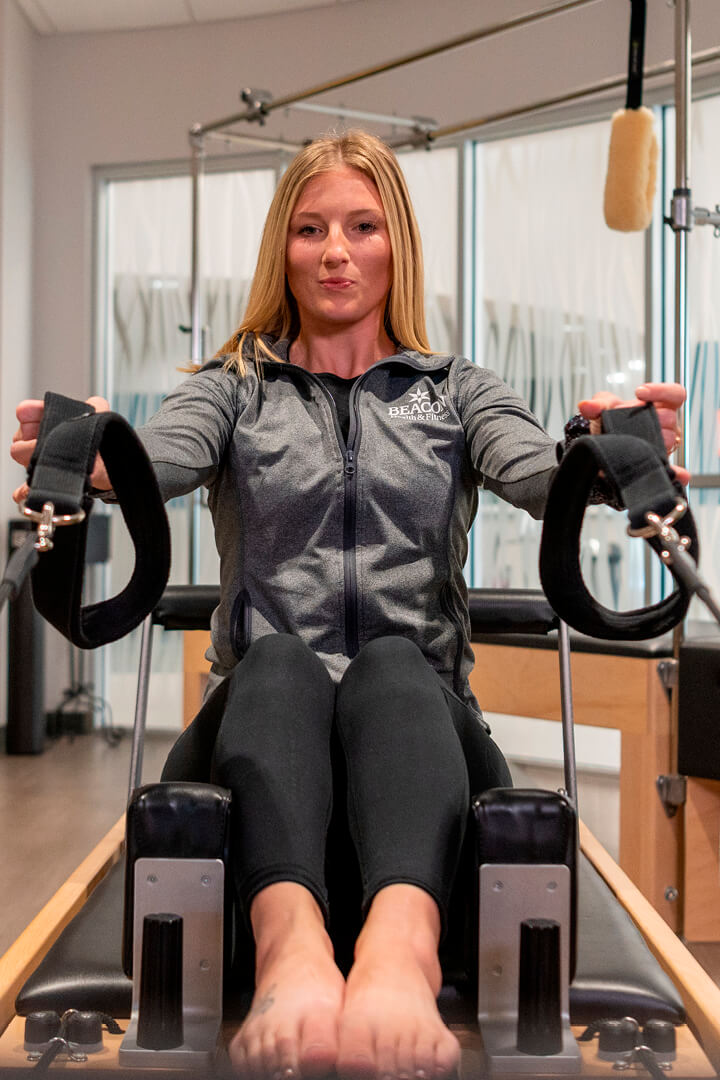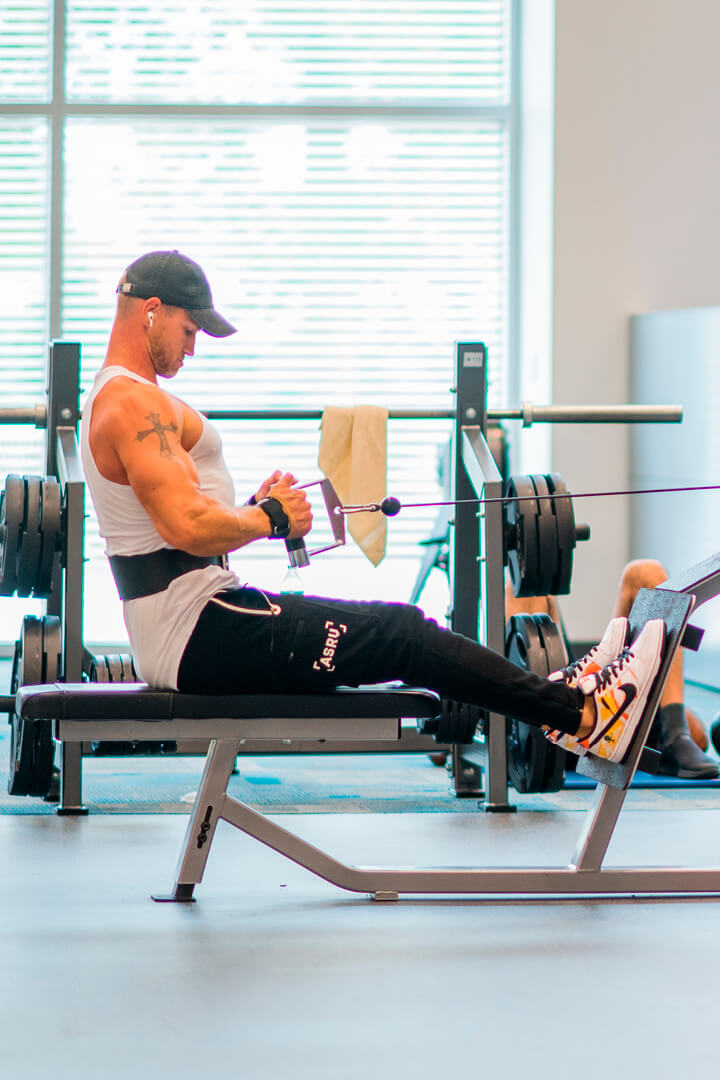Because April is National Parkinson’s Month, the best way to spread awareness is to talk about Parkinson’s. Parkinson’s is a progressive nervous system disease that affects movement. The disease is caused by the lack of dopamine neurons in the brain. The dopamine neurons play an important role in so many different brain functions, including voluntary movements and behavior processes such as mood, addictions and stress. The lack of these dopamine neurons is caused by brain cells gradually breaking down and dying. While the cause of Parkinson’s is unknown, there are several risk factors that are believed to contribute to the development of the disease.
Those risk factors include:
- Genetics: Having close relatives with Parkinson’s can increase your chances of developing the disease. Researchers have found that there are some genetic mutations that can put you at higher risk.
- Environment: Ongoing exposure to pesticides and herbicides can slightly increase your risk for Parkinson’s.
- Age: Parkinson’s rarely develops in young adults. Adults middle-aged and up are at a higher risk.
- Sex: Men are more likely to develop Parkinson’s than women.
Diagnosing Parkinson’s Disease is no easy task. There isn’t a specific test that is used to diagnose Parkinson’s. So, neurologists are trained to use a variety of different tests and questionnaires to diagnosis the disease. Some methods include: a medical history questionnaire, a review of patient’s signs and symptoms, and neurological and physical examinations.
Another test that neurologists can use is dopamine transporter scan, otherwise known at a DAT scan; however, this scan usually isn’t necessary. Most patients are diagnosed through their neurological exams and symptoms.
What are the symptoms for Parkinson’s?
- Tremors: shaking that occurs in limbs, typically starting with hands and fingers.
- Bradykinesia: slowed movements that can make activities of daily life difficult and time consuming, such as getting out a chair and walking.
- Rigid muscles: muscle stiffness that can cause muscle pain and a limited range of motion.
- Impaired posture and balance: posture may become slouched, which in turn, impairs balance.
- Loss of automatic movements: an increased difficulty performing unconscious movements, such as blinking, smiling, or swinging arms while walking.
- Changes in speech: speech may decrease in volume and become slurred and/or monotone.
- Changes in writing: writing may become smaller and more difficult to do.
Complications are common with Parkinson’s, which can make life much more difficult. Cognitive difficulties are some of the more prominent issues. Some cognitive complications can include: dementia, confusion, and difficulties thinking. Emotional changes can happen as well with Parkinson’s, such as depression, fear, anxiety, and loss of motivation. Things such as chewing, swallowing, smelling, sleeping, and bladder control can also be affected. Orthostatic hypotension is another complication that is important to monitor. Orthostatic hypotension is when you become dizzy or lightheaded after standing due a sudden drop in blood pressure.
There’s no cure for Parkinson’s, but there are ways to help manage symptoms and delay the progression. Managing symptoms usually comes from medications, but Deep-brain stimulation (DBS) is a surgical option that implants electrodes into the brain that connect to a generator implanted in the chest, which sends electrical impulses to the brain. DBS does not slow the progression of the disease, but it does help manage symptoms.
An alternative method for slowing down the progression of the disease is exercise. Exercise helps slow the progression by turning on a protective gene in the brain that prevents abnormal protein accumulation in the brain. Abnormal protein accumulations in the brain lead to nerve cell dysfunction – which causes Parkinson’s. Individuals with Parkinson’s who exercise are more likely to prevent their brain cells from dying. Exercise also slows the decline of mobility and the ability to perform activities of daily life.
So, what types of exercise are best for individuals with Parkinson’s? Aerobic exercise, strength training, and flexibility work are going to be the most beneficial for these individuals. Being able to keep their endurance and muscular strength up is important in maintaining mobility and abilities. Some beneficial exercises can be: sit to stands (squats using a chair), walking, overhead presses, seated rows, and other various functional exercises. Functional exercises with big movements are going to benefit patient’s the most because it helps them keep up with their activities of daily life, along with forcing them to make big movements when their bodies are wanting them to make small movements.
If you know someone with Parkinson’s, or have Parkinson’s yourself, I encourage you to stop by our fitness desk at either location to get information our Parkinson’s fitness class, CLIMB, or to teach you more about what exercises would be best for you or someone you know. Happy Parkinson’s Awareness Month!





